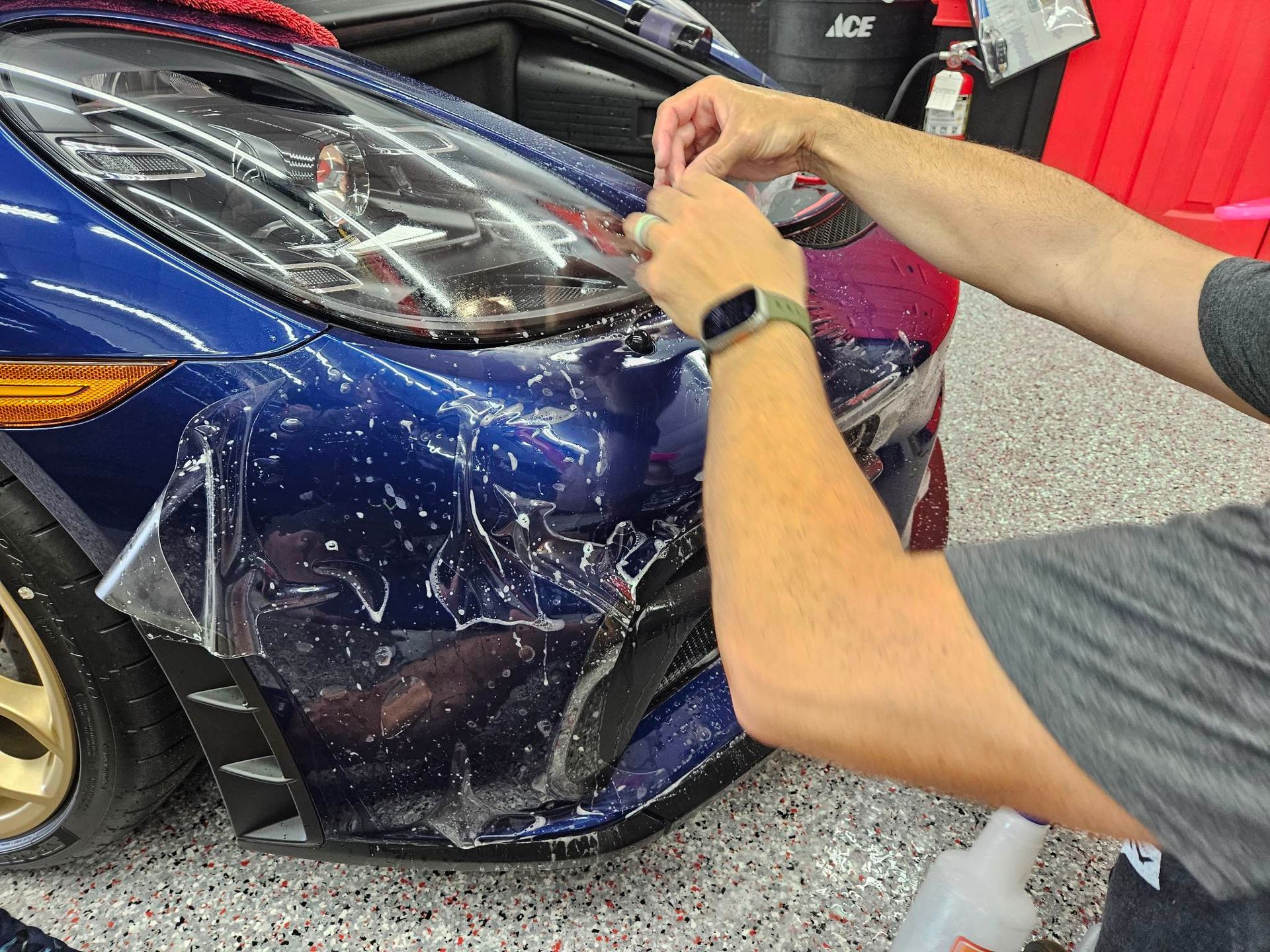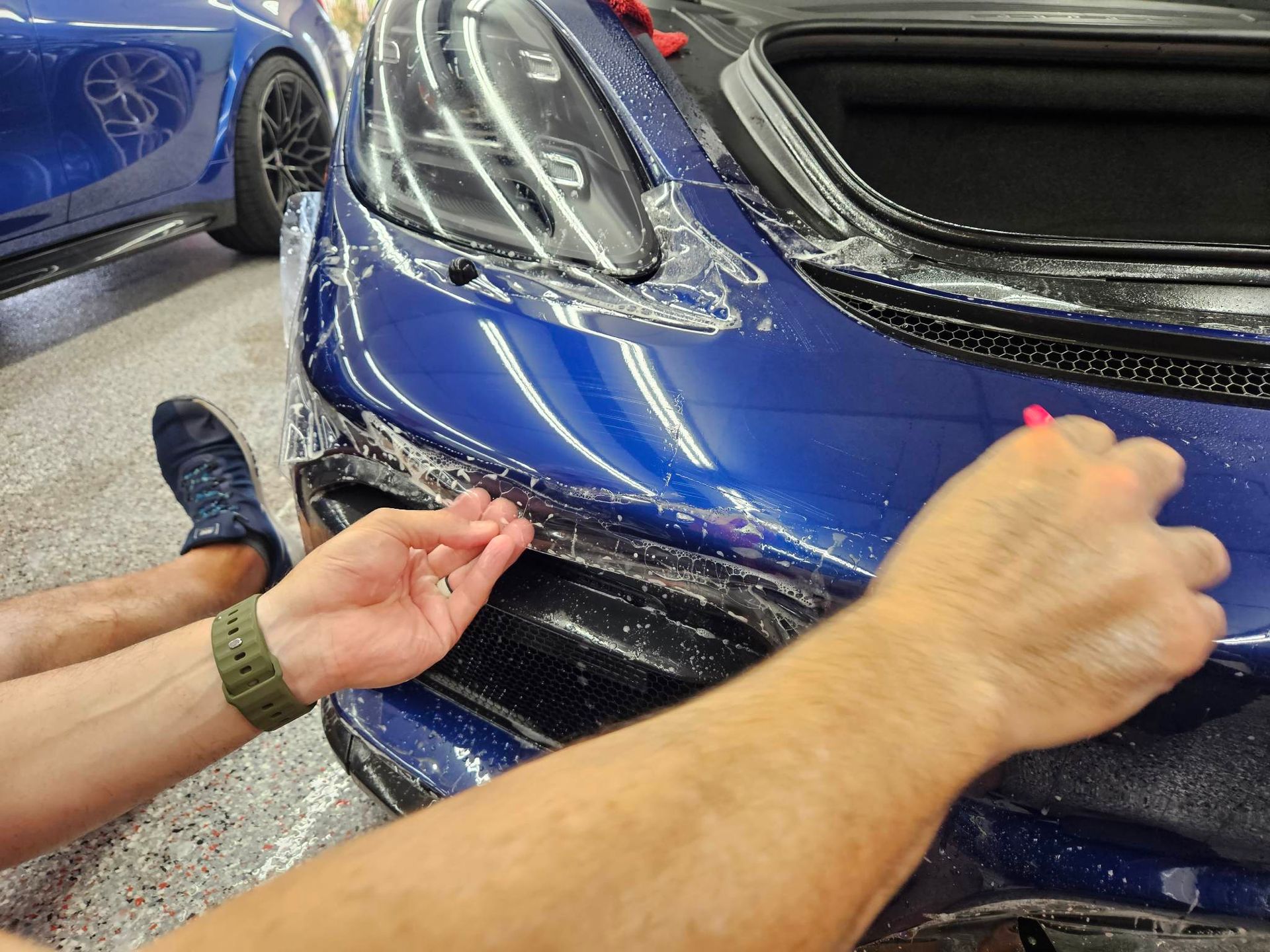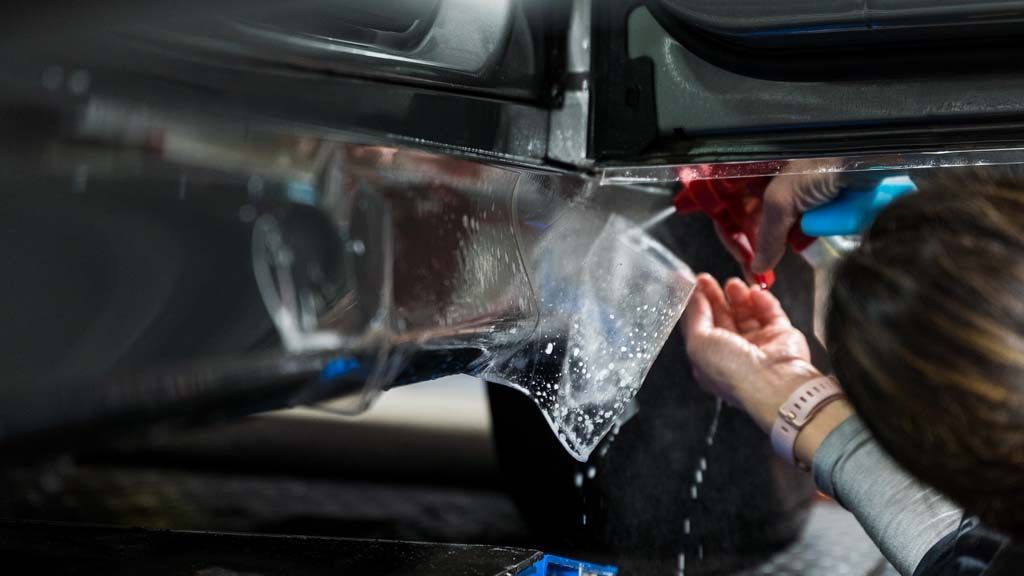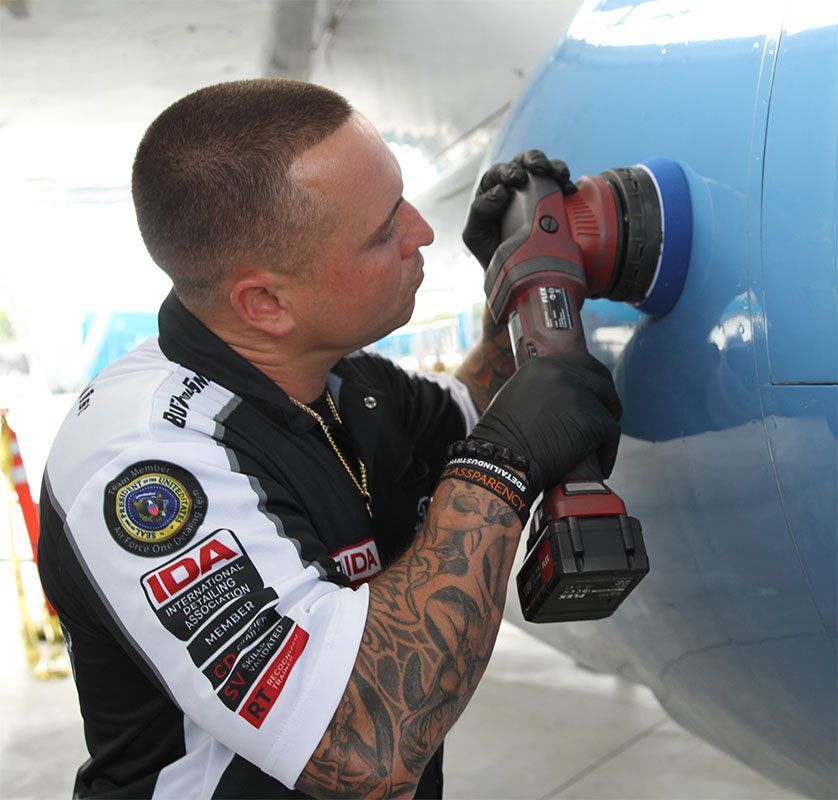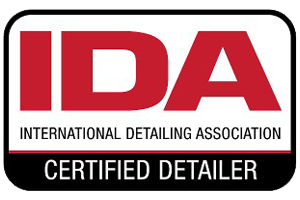CALL (321) 723-6976
515 S. Wickham Rd, Melbourne FL
Certified Training Facility
Benefits of PPF for Off-Road and Adventure Vehicles: Ultimate Protection and Durability
When it comes to off-roading and adventure driving, protecting your vehicle’s exterior is no small task. You’re not just cruising down smooth highways; you’re tackling rugged terrains, rocks, and that ever-messy mud. As exciting as these adventures are, they can take a toll on your vehicle's paint and finish. That's where Paint Protection Film (PPF) steps in, creating a tough shield against the elements and ensuring that your trusty ride stays looking great for years to come. After diving into the benefits of PPF for off-road vehicles, we'll explore how this simple investment leads to long-lasting durability, reduced maintenance efforts, and greater peace of mind on every thrilling journey you embark upon.
The benefits of Paint Protection Film (PPF) for off-road and adventure vehicles include exceptional protection against rock chips, scratches, and environmental damage from elements like mud and road salt. Additionally, the self-healing properties of modern PPF can repair minor abrasions when exposed to heat, ensuring that your vehicle maintains its aesthetic appeal even in rugged conditions.
How PPF Shields Off-Road Vehicles
Off-road vehicles are built for adventure, but they often battle against the elements as they traverse rocky trails and muddy paths. This exposure can lead to significant wear and tear on a vehicle's finish. However, Paint Protection Film (PPF) serves as an essential line of defense, offering critical protection where it is needed the most. By acting as a durable barrier, PPF absorbs impacts from rocks and debris that could otherwise scratch, chip, or damage the vehicle's paint.
- Protection Against Physical Damage: When projectiles like stones are flung up during an intense drive, they can collide with various parts of the vehicle. Rather than allowing these objects to cause harm to the paintwork, PPF absorbs the energy from these impacts. This protective quality has been highlighted by many users who have experienced firsthand what a difference it makes in preserving their vehicles.
- Prevention of Scratches and Scuffs: Think of PPF as a phone screen protector but scaled up for your car. Just like that thin layer keeps your smartphone safe from cracks and scrapes, PPF serves a similar purpose by taking on the brunt of minor abrasions while keeping the paint beneath intact. This not only enhances the vehicle's durability but also saves owners from costly paint repairs down the line, as it prevents those seemingly harmless scratches from escalating into serious issues.
Some people may argue that regular touch-ups might be enough for maintaining an off-road vehicle's appearance; however, time and convenience really come into play here. Routine painting or repairing every little blemish can be both time-consuming and expensive, not to mention those repairs rarely provide the same level of coverage and protection that PPF does. With regular use in rugged conditions, PPF translates into peace of mind for off-road enthusiasts, minimizing potential damage and ensuring that their vehicles look great for longer periods while maintaining their value. As we explore further, understanding how enhancements contribute to longevity will reveal even more about sustaining that prized vehicle over time.
Enhancing Durability and Longevity
Vehicles exposed to off-road environments typically suffer more wear and tear, but with Paint Protection Film (PPF), their longevity can be significantly enhanced. It's like wrapping your beloved ride in a durable suit of armor. This added layer not only protects but actively contributes to the lifespan of your car's paint job, ensuring you get more out of your investment.
Extended Paint Life
One key benefit of PPF is its ability to shield your vehicle's exterior from harsh UV rays that typically lead to fading and oxidation over time. Imagine driving along a dusty trail under the relentless sun—the paint on any car would struggle if left unprotected. With high-quality PPF, however, your vehicle can enjoy long-lasting vibrancy. Did you know? According to industry experts, vehicles with PPF see a remarkable 30-40% increase in paint durability. This means your car retains its aesthetic appeal for years while requiring fewer touch-ups and maintenance sessions. Replacing a faded paint job can easily cost thousands of dollars—money that could have been saved simply by investing in PPF upfront.
Overall Vehicle Value
An often-overlooked aspect is how maintaining the exterior condition of a vehicle effectively preserves its resale value. When potential buyers see a well-maintained exterior that shines, they are naturally more inclined to pay top dollar for it. The film serves as an effective deterrent against chips, scratches, and other common blemishes that devalue a vehicle over time.
While some may argue that applying PPF feels like an additional upfront cost, it's essential to consider the long game. Those who prioritize long-term investments recognize the significant savings associated with keeping their vehicles protected. It’s not merely about looks; it’s about safeguarding a valuable asset.
When viewed in terms of both preservation and value retention, investing in Paint Protection Film emerges not as a luxury but as a smart financial decision for any off-road or adventure vehicle enthusiast. As we explore further, understanding how different elements impact your vehicle’s durability becomes crucial for maximizing its resilience against challenging conditions.
Weather and Terrain Resistance
Different terrains and weather conditions present unique challenges to off-road vehicles. From the scorching heat of the desert to icy mountain trails, your vehicle faces a barrage of environmental stressors. Here’s where PPF shines, offering a protective layer that stands up to these demanding conditions.
Resistance to Extreme Temperatures
One of the most impressive aspects of PPF is its ability to endure both blistering and freezing temperatures without losing effectiveness. Designed to maintain its structural integrity from -40°F to 200°F (-40°C to 93°C), this film acts as a shield against the sun’s harsh rays and frosty weather alike. Imagine traversing through a summer heatwave, only to find that your vehicle's paint remains untouched by fading or discoloration due to UV exposure; that’s the beauty of modern PPF technology. In fact, many vehicle owners have shared experiences of their cars looking vibrant even after years of battling temperature extremes, thanks in part to the adhesion properties and durability of PPF.
Protection from Water and Mud
When you're out there on muddy trails or splashing through puddles, it can be exhausting to think about cleaning up afterward. Fortunately, PPF comes with hydrophobic qualities that effectively repel water and mud, ensuring that these nuisances don’t stick around long enough to cause any harm. Many off-road drivers report significant ease in maintaining their vehicles due to this feature.
Transitioning now, let's explore how implementing innovative solutions can simplify overall maintenance tasks for your vehicle.
Simplifying Vehicle Maintenance
One of the standout benefits of PPF is its ability to significantly reduce the time and effort you put into maintaining your vehicle. For adventurers who spend weekends conquering trails, the last thing you want is to spend hours scrubbing mud off your car when all you desire is to hit the road again. The beauty of PPF lies in how it modifies this routine.
- Reduced Cleaning Time: With PPF applied, mud and dirt have a harder time sticking to the vehicle's surface. This means that after a day filled with adventurous driving, that thick layer of grime doesn't cling nearly as stubbornly to your paint. Instead of breaking out the sponges and buckets, you simply need a high-pressure hose to wash away most of the muck. Imagine standing back while powerful jets of water remove evidence of your rugged weekend without breaking a sweat! That's not only time-saving but also helps preserve your vehicle’s finish much longer. It's not just about cleaning; PPF also plays a significant role in handling minor damages.
- Ease of Minor Repairs: One prime quality of PPF is its sacrificial nature—it serves as a protective barrier between your vehicle's paint and potential harm, absorbing much of the damage itself. What this means for you is quite remarkable: small scratches or scuff marks can be easily remedied by applying heat. Whether it’s from a household hairdryer or a portable heat gun, warming the affected area lightly will cause minor abrasions to disappear before your eyes, thanks to the self-healing properties embedded within modern films.
This self-repair feature cuts down on repairs; rather than making frequent trips to body shops for touch-ups after every great adventure, you're able to manage minor scratches right at home, giving you peace of mind while knowing your vehicle remains in optimal condition. By efficiently managing both cleaning and minor repairs, PPF not only preserves aesthetics but also enhances the overall durability and performance of your off-road vehicle. Next, let’s explore what goes into applying this protective film and the challenges that may arise during the process.
Application Process and Challenges
The journey to achieving that pristine look and protection with PPF is not as simple as applying a sticker. It entails a meticulous process that demands precision and skill. Most importantly, professional installation is often required to guarantee the best results. This isn't just about affixing a sheet of film—it's about measuring, cutting, and laying the film in such a way that eliminates air bubbles and wrinkles. Think about it as an art form; one small mistake can lead to imperfections that affect both the appearance and performance of your vehicle's exterior shield.
- Professional Installation Required: Hiring professionals for PPF installation is crucial, especially when considering the complexity involved. Trained installers use advanced tools to ensure perfect application, which prevents any potential issues down the line. An experienced technician knows where to apply tension during the stretching of the film, how much overlap is needed, and can make minute adjustments for an impeccable fit. Without this trained precision, you could end up with unsightly wrinkles or air pockets—issues that not only detract from your vehicle’s aesthetic but also reduce effectiveness in protecting against scratches and damage. With great care comes a significant investment—not just in terms of money, but also time.
- Time and Cost Considerations: Installing PPF isn't something you can rush through; it typically takes several hours to multiple days, depending on the extent of coverage and the type of vehicle you're working with. Costs vary significantly as well, which might make you think twice before diving into this investment. On average, prices range from $500 for partial protection on smaller vehicles up to $6,000 for comprehensive coverage on larger SUVs.
Planning is essential if you're considering PPF for your vehicle. Whether you opt for partial coverage to protect high-impact areas or full coverage for all-around protection is determined by your driving habits and how exposed your vehicle often is to harsh conditions.
Investing in Paint Protection Film ensures that your vehicle remains protected against harsh environments while maintaining its pristine look throughout all your adventures.
Expert PPF Services in Melbourne, FL
Protect your vehicle's finish from everyday wear and tear with JL’s Showroom Auto Salon’s top-notch paint protection services in Melbourne, FL. Whether you're shielding against rock chips, environmental contaminants, or harsh UV rays, our advanced solutions are designed to keep your car looking as good as new. With expert application and durable coatings, you can enjoy peace of mind knowing your vehicle's appearance is well-protected for years to come. Ready to preserve your car’s shine and value? Trust JL’s Showroom Auto Salon for the ultimate in paint protection services.
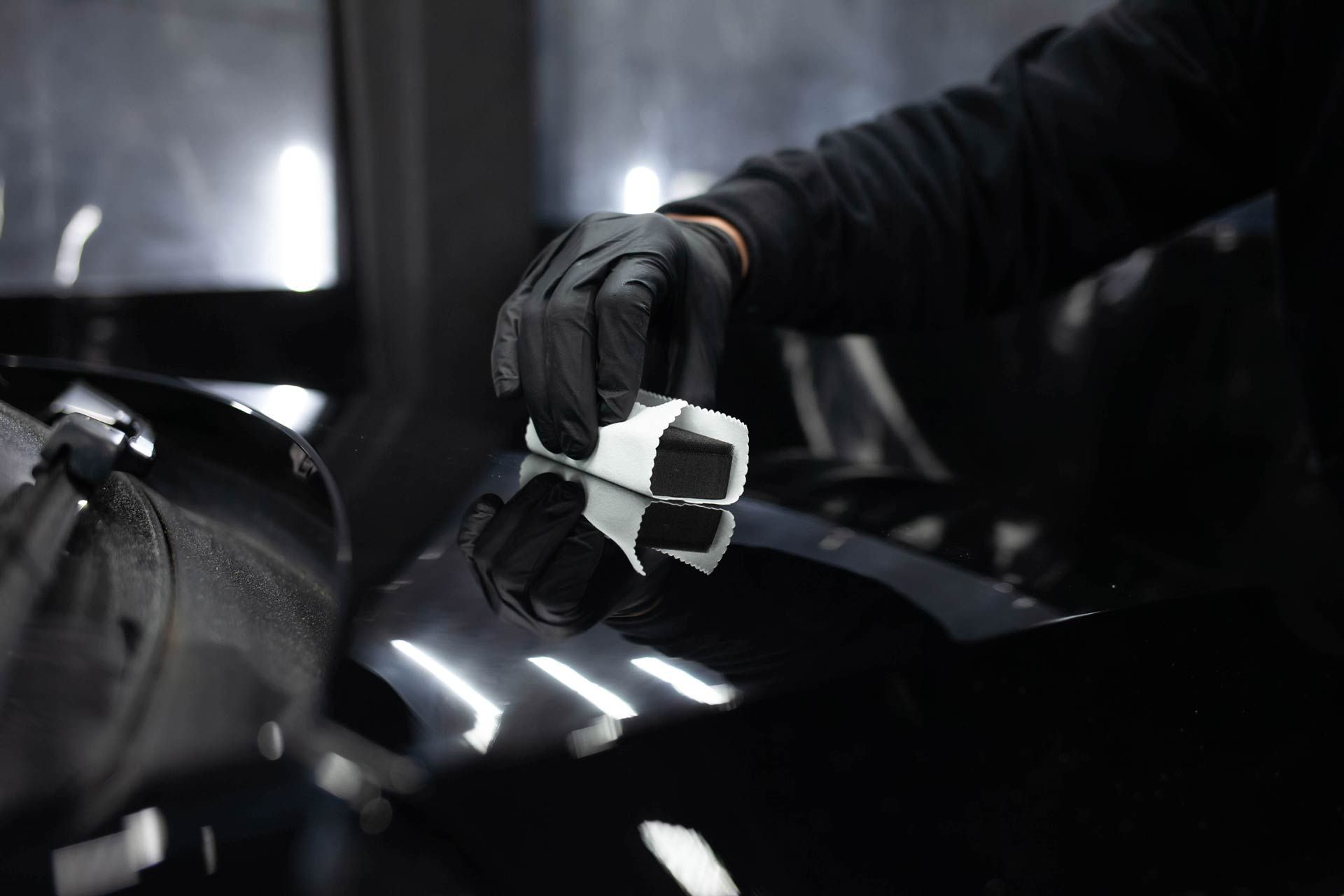
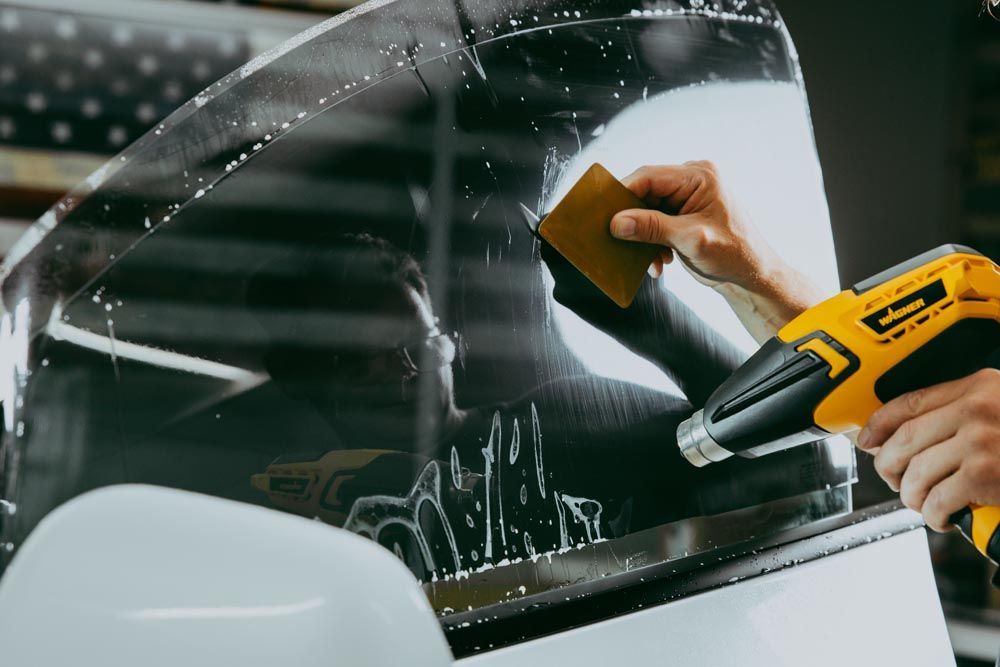
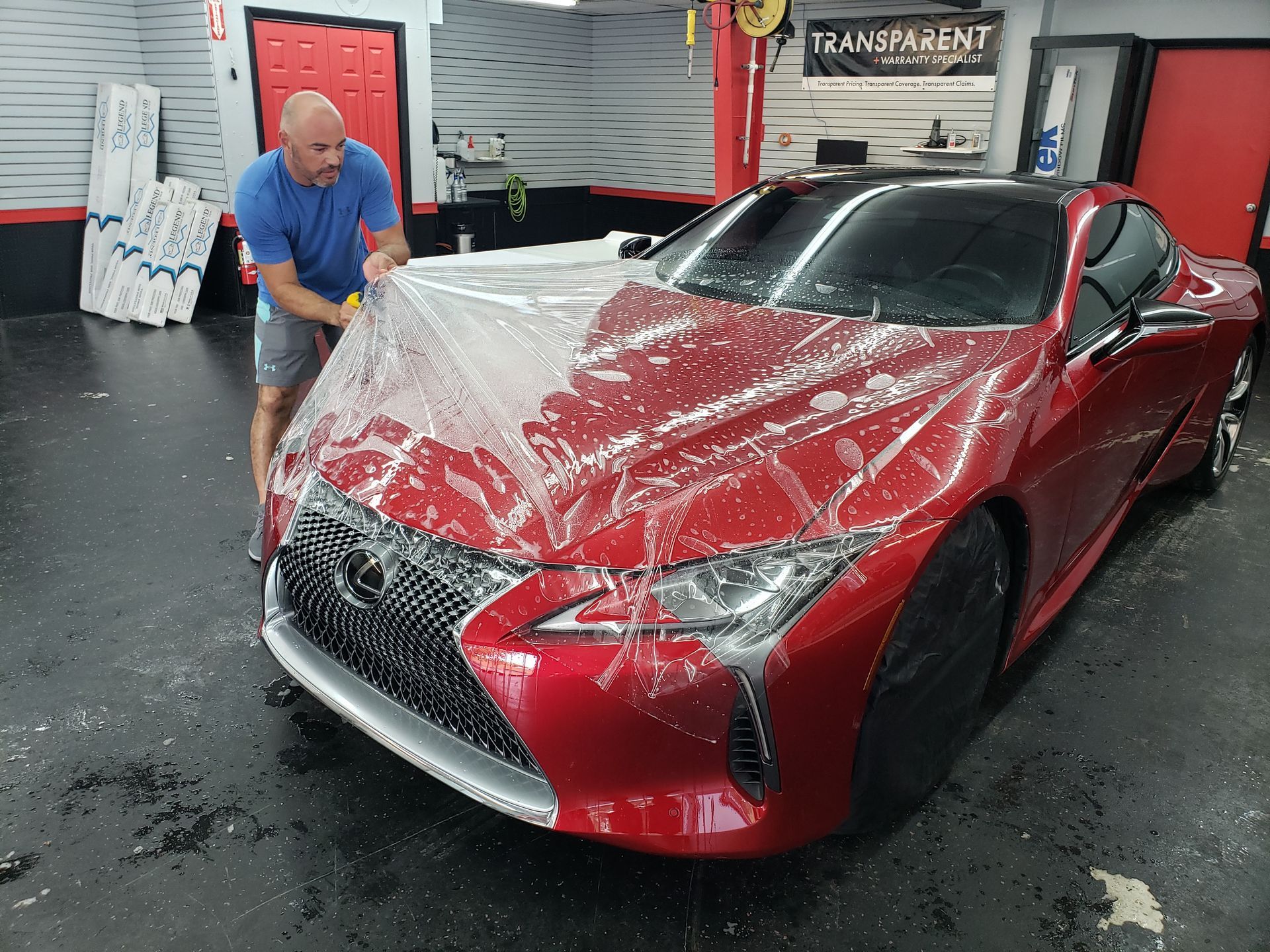

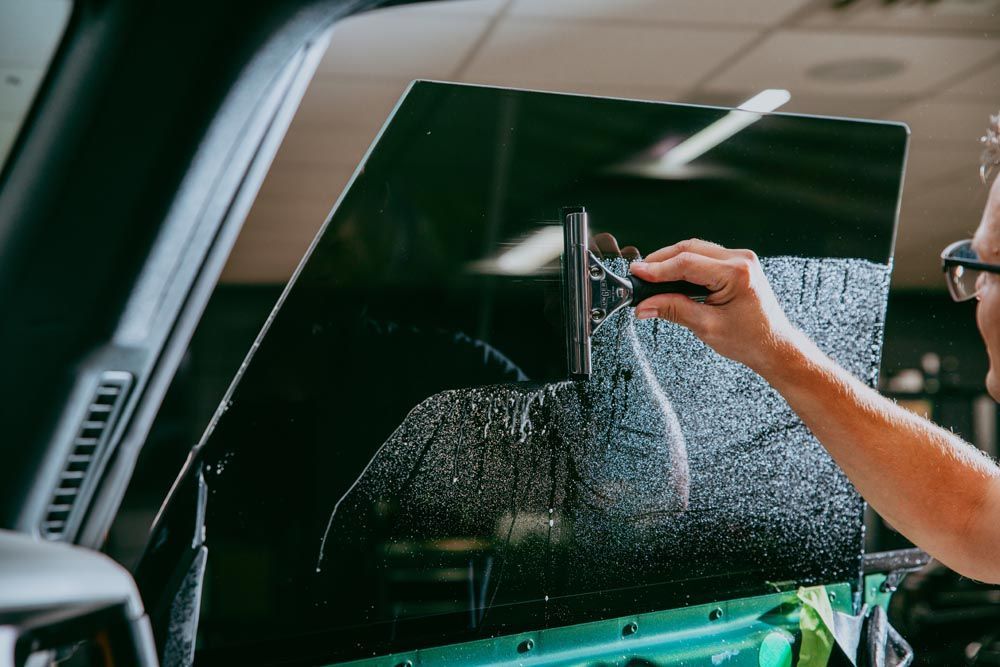
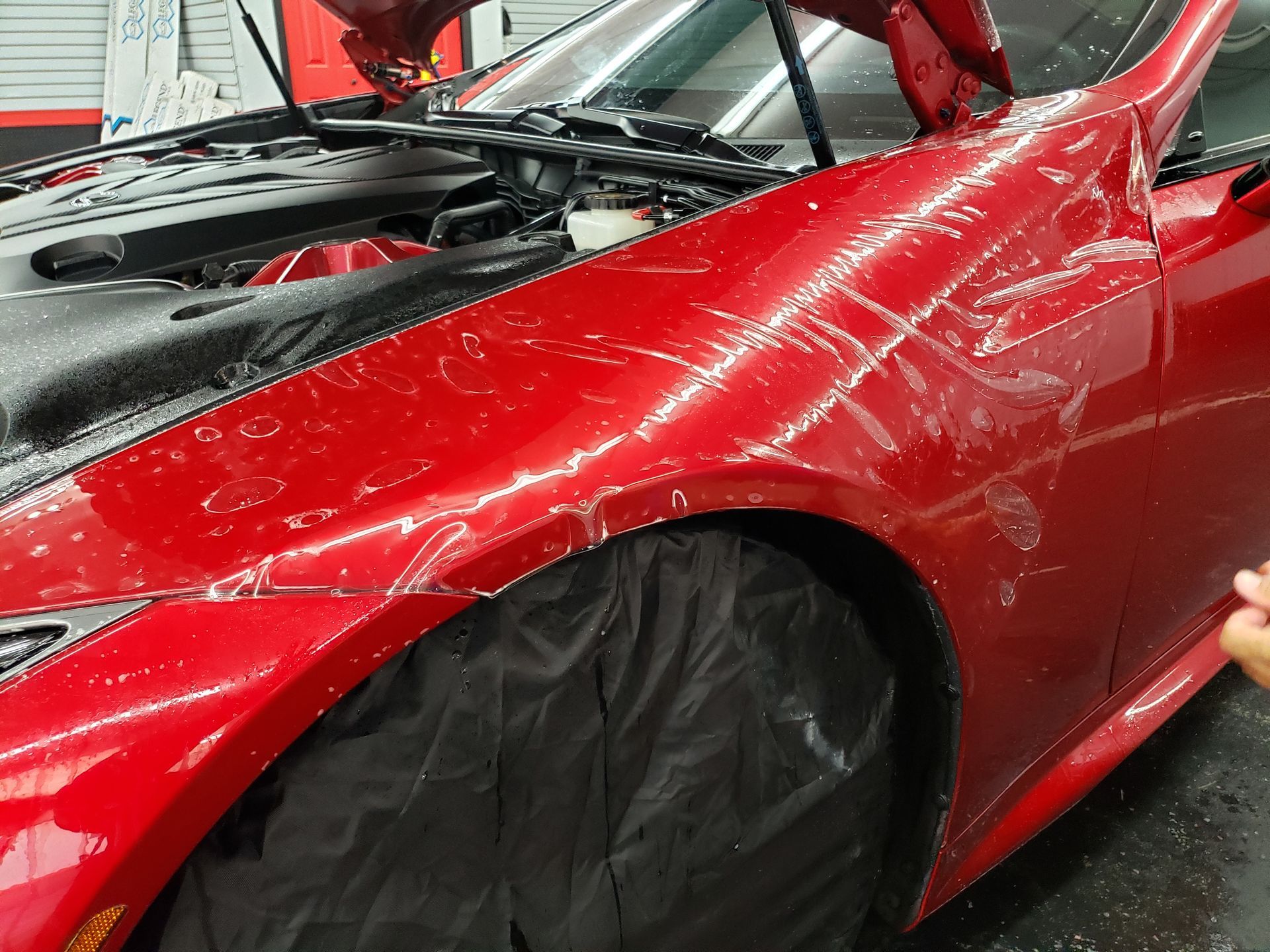
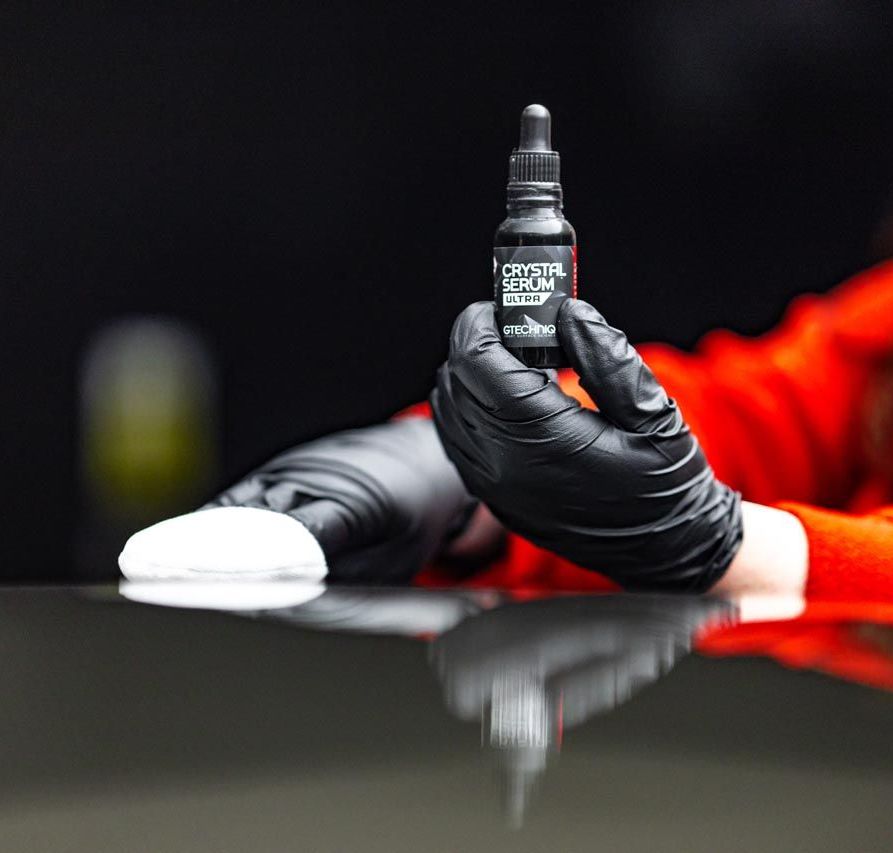
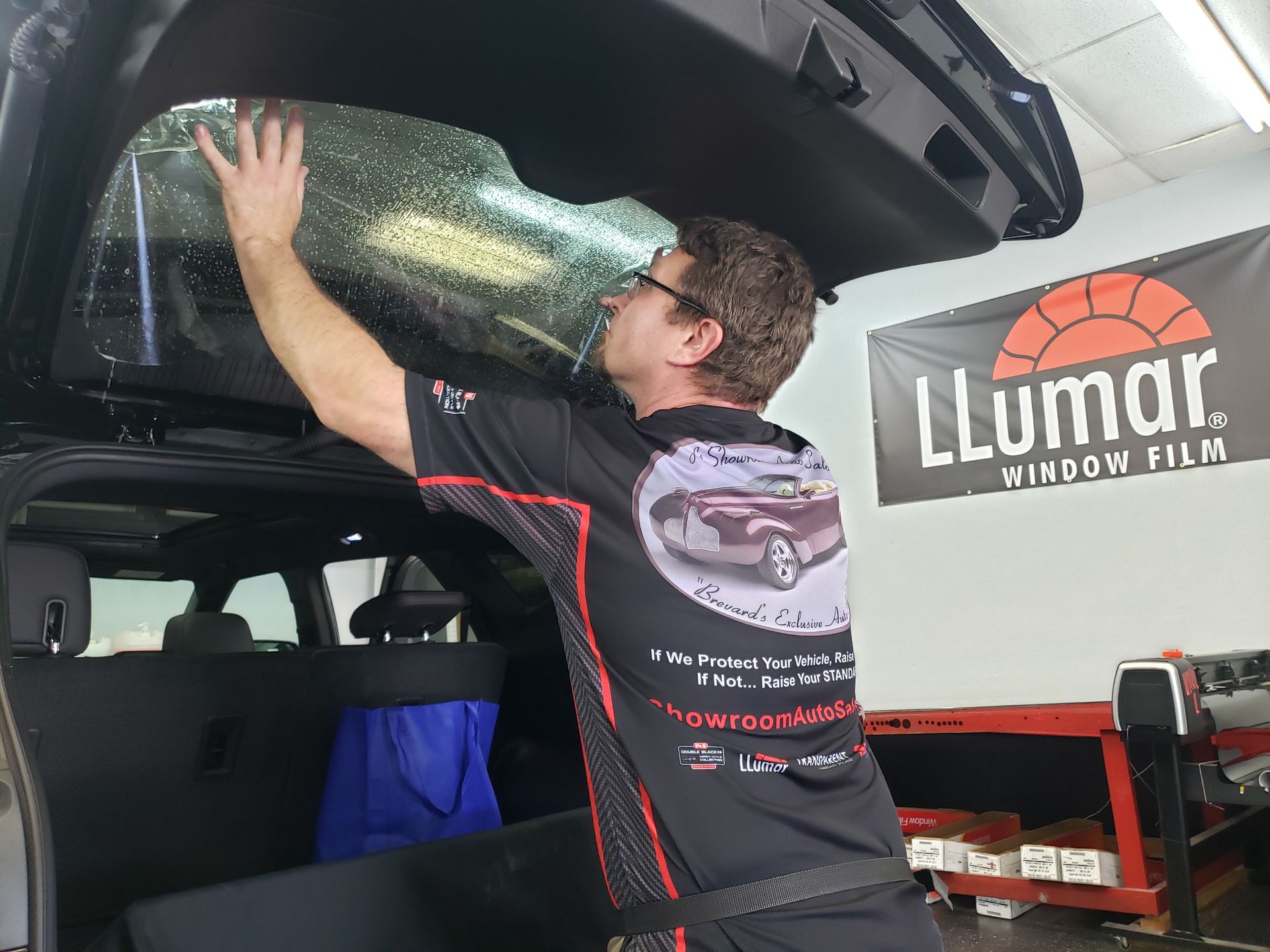

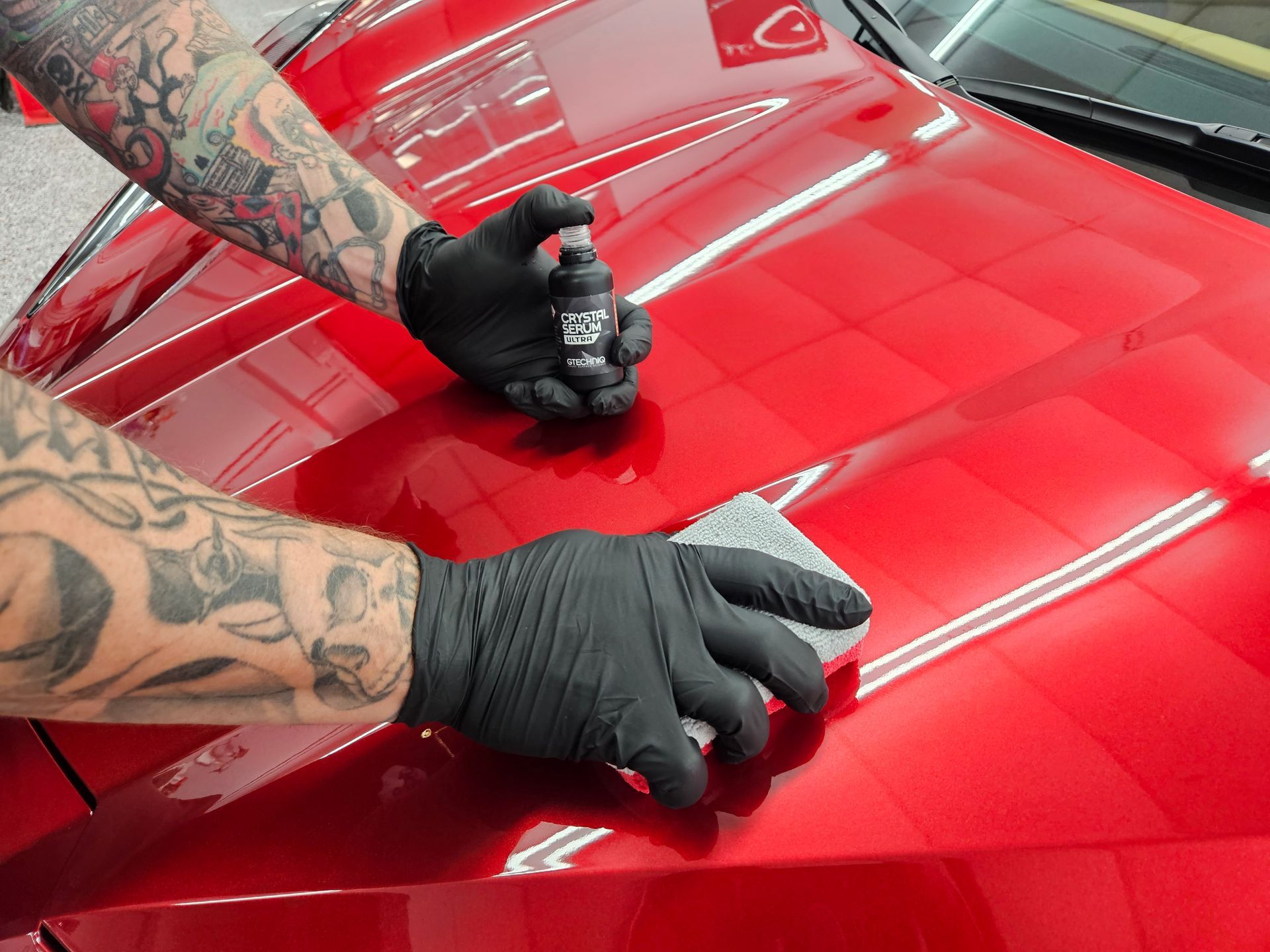
PAINT PROTECTION FILM
They flex and bend but they do not allow defects, or stains to affect your vehicle’s original paintwork! Here at JL’s Showroom Auto Salon, our SunTek Paint Protection Film products are highly sought, self-healing packages that make up a durable yet highly pristine system of surface security for your pride and joy, resisting scratches, scrapes, and swirls.
CERAMIC COATING
As a trained ceramic coating installation team located in Melbourne, Florida, we at JL’s Showroom Auto Salon take full responsibility for improving the paint gloss of your ride while keeping its surfaces highly hydrophobic. Preserve the life of what you drive in an immovable way with one of our great ceramic coating packages installed by certified industry professionals!
DETAILING
Looking for a one-stop shop for restoring your ride to its former glory? As Brevard County, Florida’s leading IDA-certified interior and exterior auto detailing shop, we at JL’s Showroom Auto Salon offer exceptional customized car care for affordable prices. Whether it is debris and dirt removal, odor remediation, paint decontamination, or surface stain rectification, JL’s Showroom Auto Salon is here to handle it all!
WINDOW TINTING
Style enhancements are one part of our Llumar Window Tint Film packages here at JL’s Showroom Auto Salon. However, the remarkable protection and enhancing characteristics they provide your vehicle’s interior speak volumes for their positive impact on any given automobile’s value. Get the best window tinting for what you drive here at our Melbourne area detailing studio!
If We Protect Your Vehicle, Raise Your Hand.
If Not... Raise Your Standards!™
JL’s Showroom Auto Salon began in 2008 as JL’s Showroom Detailing Inc., evolving over the years and quickly becoming Melbourne, FL’s most recognized auto detailing shop. We proudly exemplify the detailing industry’s highest credentials and achievements, ranging from certifications in various ceramic coatings, window tinting, and paint protection film products to being a reliable source for education and training in best detailing practices. Offering additional warranties and a full detailing supply storefront, we know that quality detailing craftsmanship and exceptional customer care is something that will always set JL’s Showroom Auto Salon apart from the rest!
Our Location
Contact Us
Phone: (321) 723-6976
Hours of Operation
Monday - Friday: 8:00 AM - 5:00 PM
Saturday: 8:00 AM - 12:00 PM
Sunday: Closed
Social Media
ADDITIONAL LOCATIONS SERVED
Designed by the team at Detailers Roadmap, a platform developed for detailing operators across the globe.
All Rights Reserved | 8bitcreative, LLC | JL's Showroom Auto Salon

